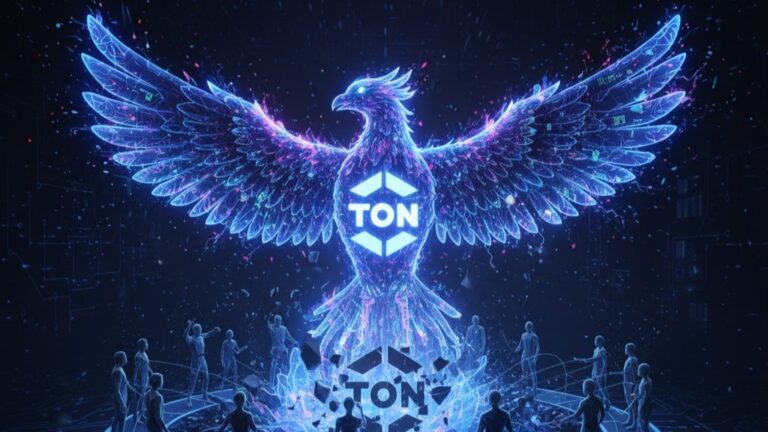Solar Panels Explained: The Simple Science You Should Know
This guide explains solar panels from their core physics to real-world installation, materials, and history. Read on to learn how panels are built, how they produce electricity, who invented them, and why they matter—clear, practical, and tied to GrindToCash’s mission of smart, sustainable choices.
By Yaser | Published on September 27, 2025
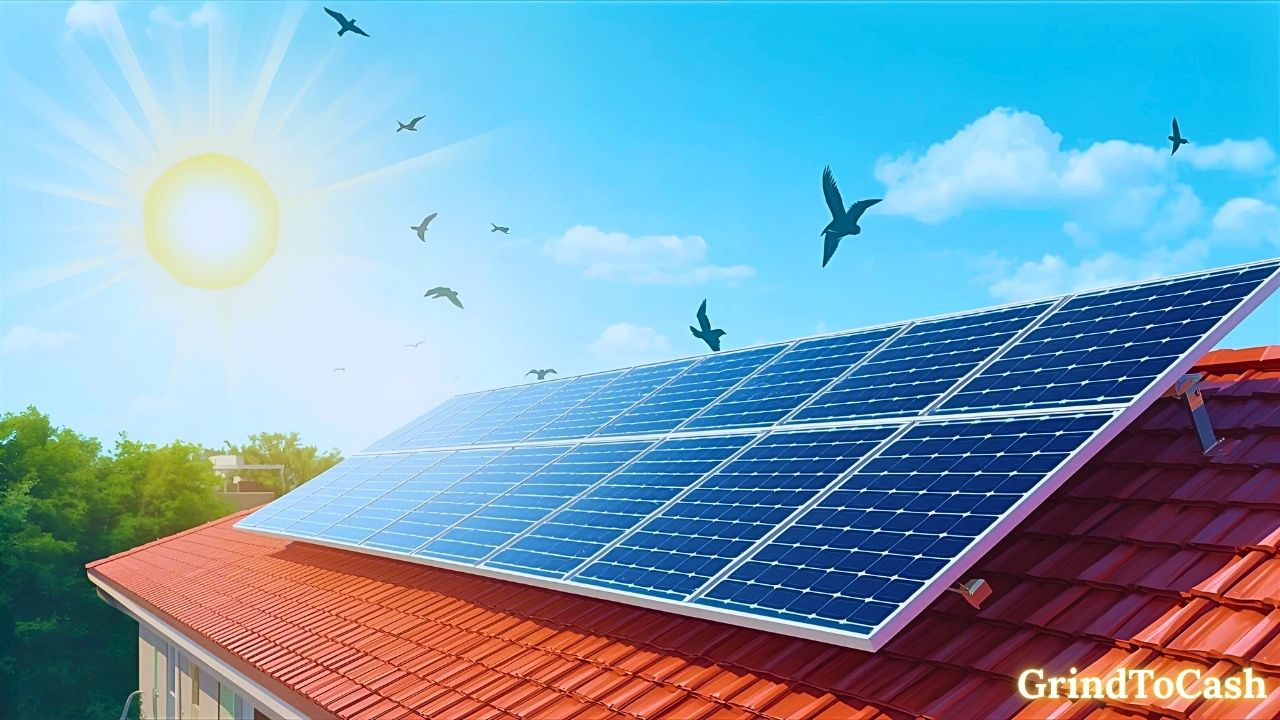
How Solar Panels Work: The Photovoltaic Principle
Solar panels convert sunlight into electricity using the photovoltaic (PV) effect. When sunlight — made of photons — hits a PV cell, it can knock electrons loose in certain materials, producing a flow of electric current. In practice, many cells are wired together inside a module so the small current from each cell adds up to useful power. Importantly, panels produce direct current (DC), which in homes and grids is converted to alternating current (AC) by an inverter. For GrindToCash readers, the takeaway is simple: solar panels turn sunlight into usable electricity through predictable, well-understood physics that scales from small gadgets to full rooftop systems.
Photons, electrons, and current — the basics
Sunlight is energy packed into photons. When photons strike a semiconductor like silicon, they transfer energy to electrons. These energized electrons move, creating current. This chain — photon to electron to current — is the heart of the PV effect. Because this process is physical and measurable, engineers can design cells to maximize the number of electrons freed and therefore increase power output.
Cell wiring and module design
Single solar cells produce modest voltage and current, so manufacturers connect dozens to hundreds of cells in series and parallel within a panel. Series wiring raises voltage; parallel wiring raises current. Panels are then combined into arrays to meet the voltage and power needs of a system. The design choices here affect overall reliability, shading tolerance, and how the panel performs under different light conditions.
From DC to AC: inverters and system integration
Panels produce DC electricity, but household appliances and the grid use AC. An inverter converts DC to AC and synchronizes phase and frequency with the grid. Modern inverters also include safety features, monitoring, and optimization. For homeowners, inverter selection matters; for GrindToCash readers, a reliable inverter reduces downtime and improves return on investment.
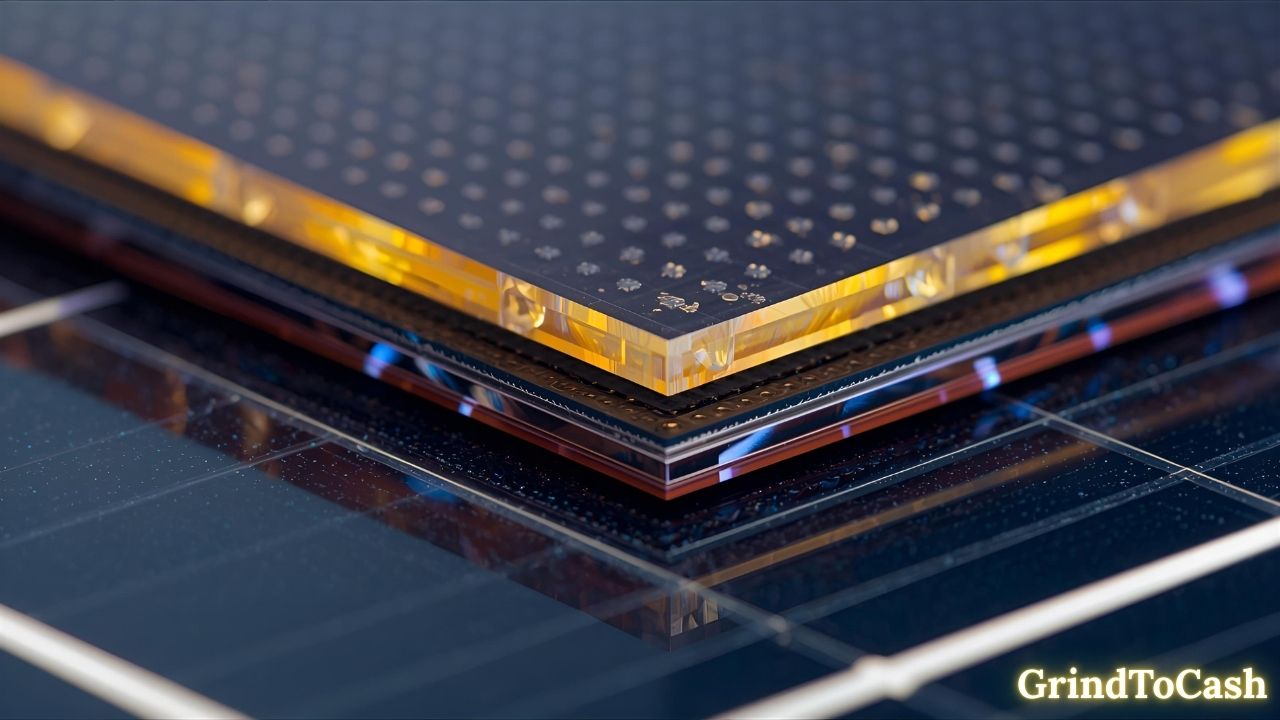
Main Components of a Solar Panel: Cells, Glass, Frame, Backsheet, Junction Box
A complete solar panel is more than its cells. It includes a tempered glass front, encapsulant layers, the silicon cells themselves, a polymer backsheet, an aluminum frame, and a junction box with electrical connections. Each component plays a role in durability and performance. For example, the glass protects cells from weather while allowing light through; the encapsulant cushions cells and prevents moisture intrusion; the backsheet provides electrical insulation. Understanding these parts helps buyers compare warranties, expected lifetimes, and real-world robustness.
The glass and encapsulant — protection and light transmission
Tempered glass must transmit sunlight while resisting hail, wind, and thermal stress. Under the glass is an encapsulant (commonly EVA) that bonds cells and protects them from moisture. Quality encapsulants maintain adhesion for decades and prevent delamination. Inferior materials lead to early failure, so warranty-backed modules typically use tested, proven layers.
The cells — silicon wafers and cell architecture
Cells are typically thin silicon wafers cut from larger ingots. They are doped to create a p–n junction, which is essential for the PV effect. Modern cell designs may include anti-reflective coatings, textured surfaces, and passivation layers to maximize light absorption and reduce recombination losses. The cell technology strongly influences panel efficiency and temperature response.
Frame, backsheet, and junction box — finish and electrical interface
An aluminum frame provides mechanical strength and mounting points. The backsheet insulates and seals the rear side from moisture and UV damage. The junction box houses bypass diodes and the panel’s electrical terminals. Bypass diodes are crucial: they help panels maintain output when parts of the module are shaded. Thus, each “minor” component materially affects long-term performance.
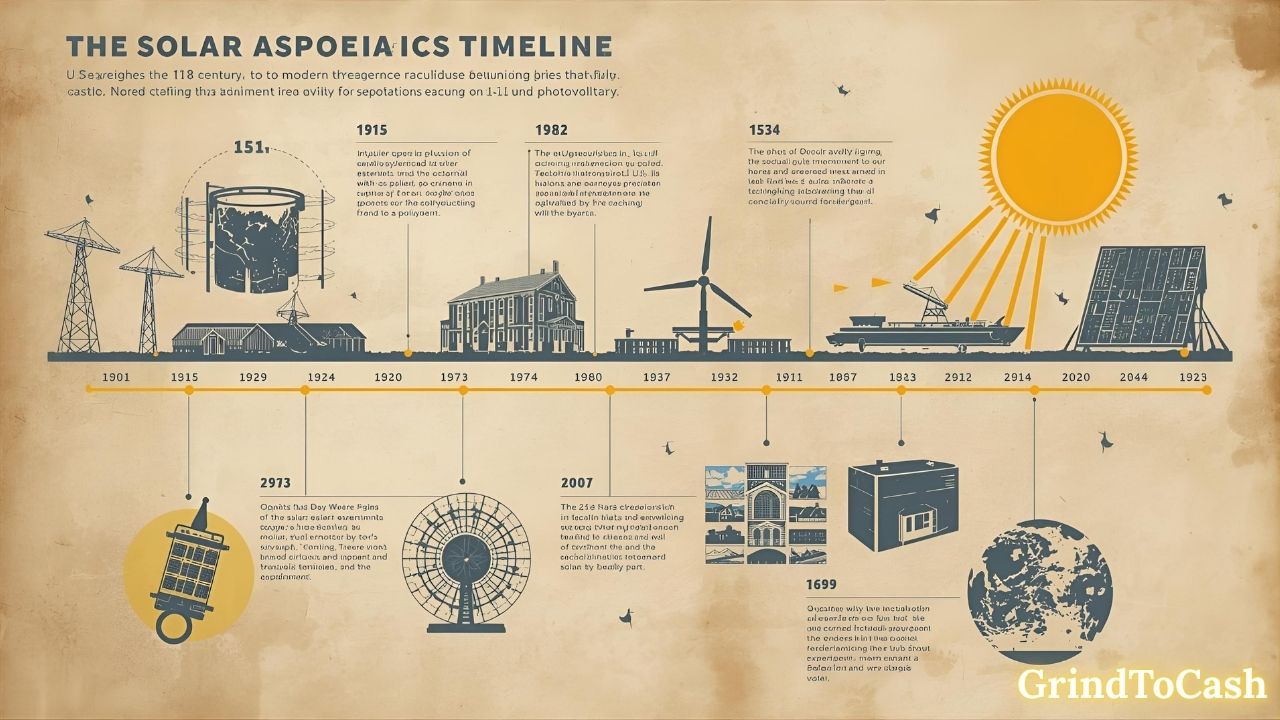
Types of Solar Panels: Monocrystalline, Polycrystalline, Thin-Film, Bifacial
Different panel technologies trade off cost, efficiency, and form factor. Monocrystalline panels use single-crystal silicon and typically offer the highest efficiency per area. Polycrystalline panels are cheaper but slightly less efficient. Thin-film panels (like CdTe, CIGS, or amorphous silicon) are lightweight and flexible, but usually lower efficiency. Bifacial panels capture light on both front and rear surfaces and can increase yield when deployed over reflective surfaces. Choosing the right type depends on roof space, budget, climate, and long-term goals.
Monocrystalline vs. polycrystalline — efficiency and cost trade-offs
Monocrystalline cells are cut from a single silicon crystal and have uniform dark appearance. They lead industry in efficiency and space-limited installations. Polycrystalline cells are made from multiple silicon crystals melted together, giving a speckled look. They are often cheaper per watt but require more area for the same output. For homeowners with limited roof area, monocrystalline often wins despite higher upfront cost.
Thin-film options — flexibility and niche use cases
Thin-film technologies deposit semiconductor layers on glass or metal substrates. They are less efficient per square meter but can be lighter and flexible, fitting curved surfaces or building-integrated projects. For large ground-mounted arrays where space is plentiful, cost-per-watt can favor thin-film. However, performance under high temperatures and long-term degradation are important considerations.
Bifacial panels and tracking systems — squeezing extra yield
Bifacial modules capture reflected light from the ground or from reflective roofing, increasing energy yield by a measurable percentage. When combined with solar trackers that tilt panels towards the sun throughout the day, these systems can significantly boost production — though they increase mechanical complexity and cost. GrindToCash readers should weigh extra yield against added maintenance and capital expense.
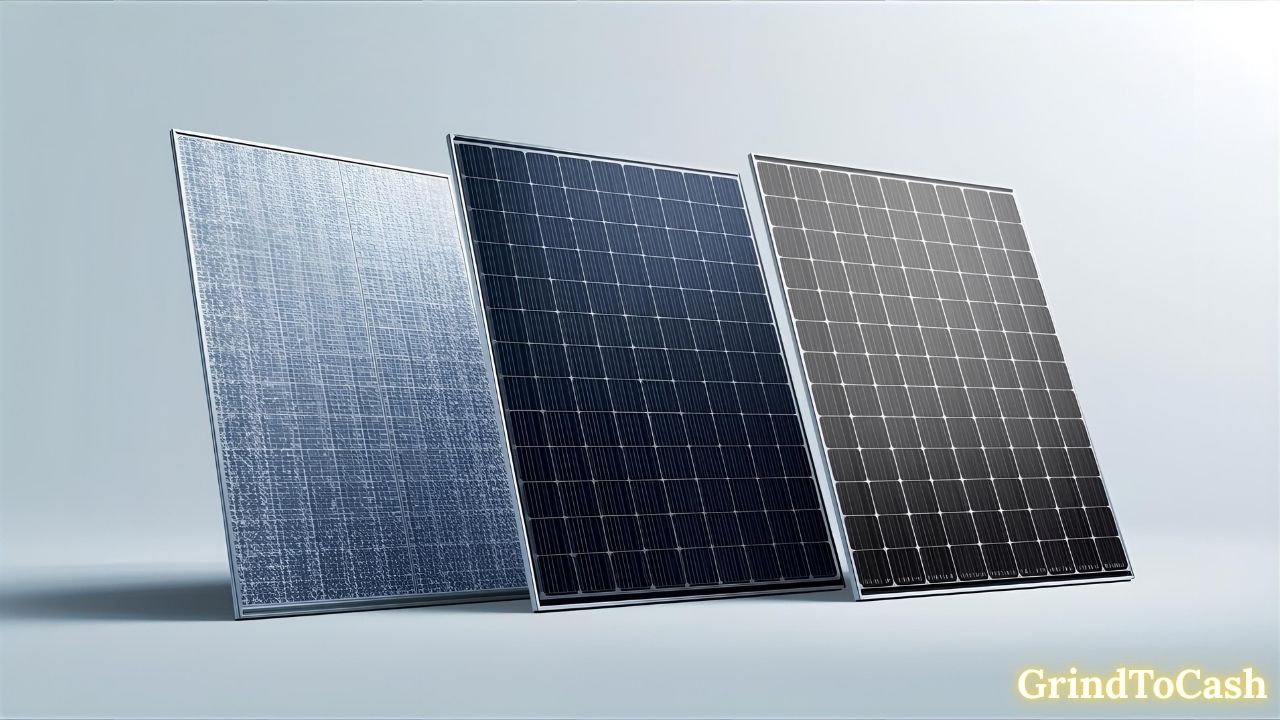
Manufacturing and Materials: From Silicon to Finished Module
Manufacturing begins with refining silicon, growing ingots or casting blocks, slicing wafers, doping, and assembling cells. The process involves significant capital equipment, clean-room conditions, and chemical treatments. Modules are assembled by laminating cells between encapsulant and backsheet, then adding glass and frames, and finally performing electrical and environmental tests. Supply chains matter: panel quality depends on material purity, manufacturing controls, and consistent testing. For buyers, knowing where panels were made and whether they pass third-party tests can be as important as brand claims.
Silicon production and wafering processes
High-purity silicon production is energy-intensive but essential. Silicon ingots are drawn or cast, then sliced into wafers. Thinner wafers reduce cost but can be fragile. Manufacturers balance wafer thickness, cell architecture, and yield to compete on price and reliability. For conscious buyers, panels made with lower defect rates and tighter manufacturing tolerances often translate to better long-term performance.
Cell fabrication and module assembly
Cells are processed with diffusion, metallization, and passivation steps that determine electrical characteristics. Cells are then soldered into strings and laid into a lamination stack. The lamination process bonds layers under heat and pressure, creating the long-lived seal that protects cells for decades. Final steps include framing, junction-box attachment, and flash testing for power output.
Quality control, warranties, and certification
Independent certifications (IEC, UL, etc.) and performance tests validate module durability under humidity, salt spray, and thermal cycling. Warranties typically include a product warranty (for defects) and a performance warranty (guaranteeing a percentage of nameplate output over 20–25 years). GrindToCash recommends reviewing both warranty terms and the manufacturer’s track record when choosing modules.
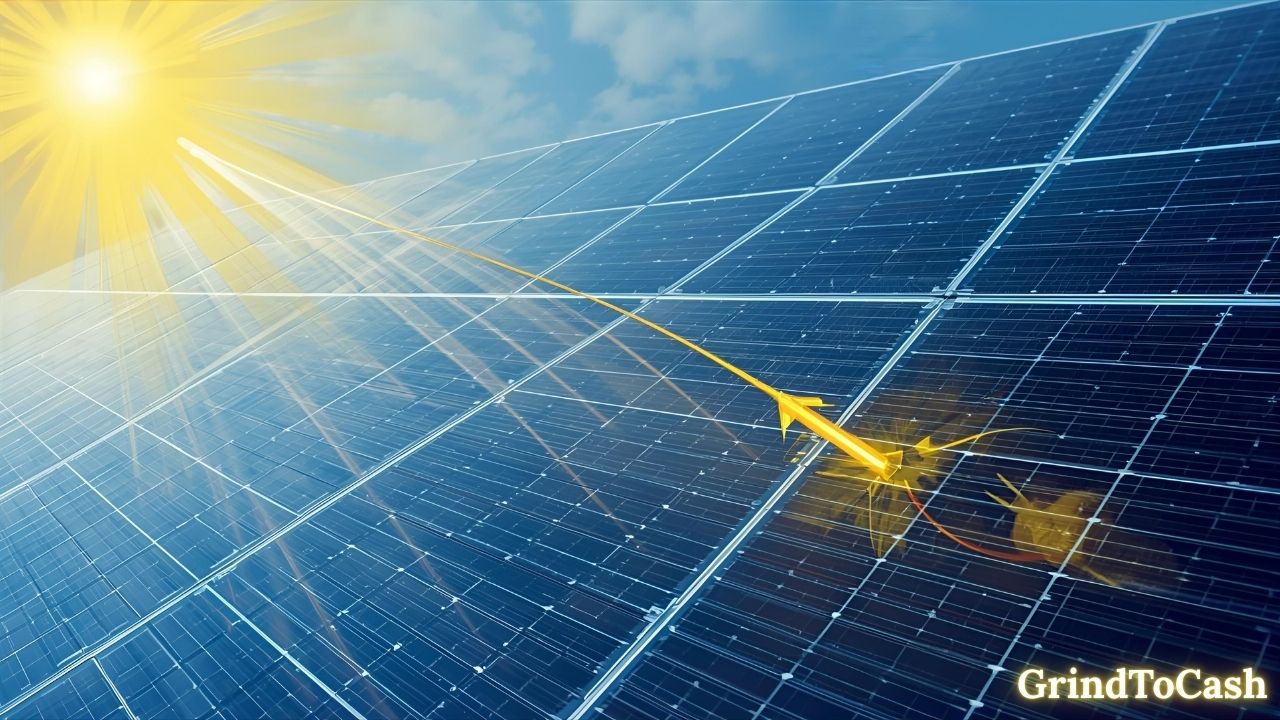
Who Invented Solar Panels and When: A Brief History
The photovoltaic effect was first observed in the 19th century, and practical solar cells arrived in the 20th century. In 1839, physicist Edmond Becquerel discovered that certain materials produced a small electric current when exposed to light. Much later, in 1954, a team at Bell Labs led by Daryl Chapin, Calvin Fuller, and Gerald Pearson created the first practical silicon solar cell with efficiency high enough for real-world use. Since then, advances in materials, manufacturing, and policy drove solar from niche to mainstream, especially after the energy crises of the 1970s and recent cost declines.
Early discoveries — from Becquerel to the photoelectric effect
Edmond Becquerel’s early experiments demonstrated that light can create voltage in certain materials. Later, the photoelectric effect was explained theoretically by Albert Einstein, which helped ground the scientific understanding that led to engineered solar cells. These early steps were fundamental, even though practical applications required decades of materials science and engineering improvements.
The Bell Labs breakthrough — 1954 silicon cell
The 1954 Bell Labs silicon cell marked the first practical step toward usable solar power. That cell achieved efficiencies that made small-scale applications feasible. Initially, high cost limited solar to niche uses like satellites. Over decades, however, improvements in cell design and manufacturing brought down costs and expanded uses toward terrestrial power generation.
Modern commercialization and global rollout
From the 1970s onward, policy incentives, feed-in tariffs, and technology learning curves helped solar scale. In the 21st century, rapid increases in manufacturing capacity, especially for silicon wafers and modules, lowered prices dramatically. Today, solar panels are a mainstream option for homes, commercial buildings, and grid-scale projects. GrindToCash readers should grasp that solar’s journey combines science, engineering, and economic policy.

Performance, Efficiency, and Degradation: What Affects Output
Panel performance depends on cell efficiency, temperature, light spectrum, angle, shading, and soiling. Efficiency measures how much of the sun’s power a cell converts to electricity. Temperature is important: higher temperatures typically reduce voltage and therefore power. Shading even of a small panel area can disproportionately reduce output unless bypass diodes or microinverters are used. Over years, panels degrade slowly, typically losing a small percent of output each year. Monitoring, cleaning, and smart system design preserve yield over decades.
Efficiency metrics and realistic expectations
Cell and module efficiencies range widely by technology. High-efficiency panels produce more wattage per square meter, which matters when roof space is limited. However, efficiency is only one part of economic value; cost-per-watt and long-term reliability are equally important. GrindToCash advises balancing efficiency with warranty and manufacturer reputation.
Temperature, orientation, and local climate effects
Panels produce more energy in cooler, sunny climates than in hot, cloudless ones because temperature reduces electrical performance. Orientation and tilt angle affect annual energy yield; installers optimize these based on latitude and roof geometry. Local shading from trees or neighboring buildings can cut output, so a proper site survey is critical before purchasing.
Degradation rates and expected lifespan
Most modern panels carry performance warranties guaranteeing around 80–90% of nameplate power after 25 years. Typical degradation rates range from 0.3% to 0.8% per year depending on materials and manufacturing. Quality installation and regular maintenance can keep systems near expected output and improve lifetime economics for homeowners and businesses alike.
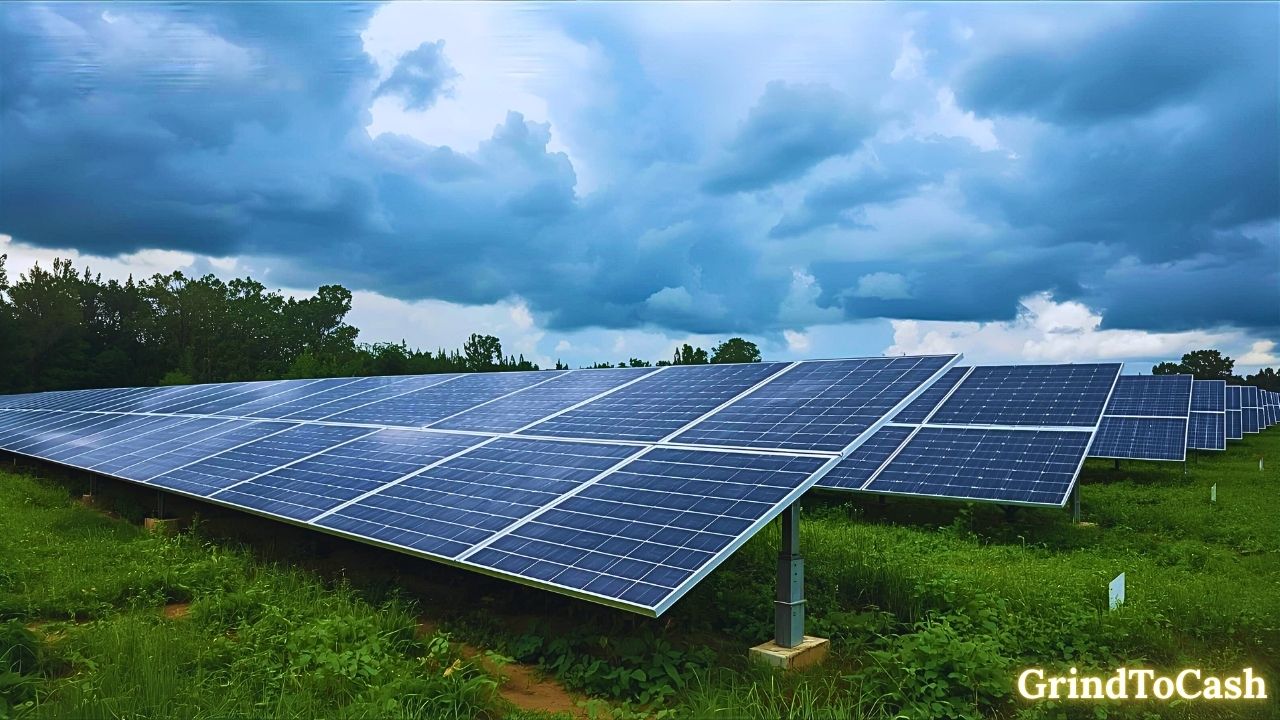
Installation, Maintenance, and Safety: From Roof to Grid
Installing solar involves structural checks, permits, electrical work, and grid interconnection. Roof-mounted systems need racking that secures panels and provides airflow, while ground mounts require foundations and sometimes tracking systems. Maintenance is generally low: periodic cleaning, inverter checks, and monitoring system performance are the main tasks. Safety practices include proper grounding, rapid shutdown systems for firefighters, and compliance with electrical codes. Selecting a reputable installer ensures safe, code-compliant work and smoother permit processes.
Site assessment and permitting steps
A thorough site assessment checks roof orientation, shading, structural capacity, and electrical panel compatibility. Permits are required in virtually all jurisdictions, and grid interconnection agreements define how your system exports power. A professional installer guides homeowners through these steps and secures necessary inspections.
Routine maintenance and monitoring
Routine maintenance is modest: clean panels if heavy dust, leaves, or bird droppings reduce output, and monitor inverter signals for faults. Many systems offer remote monitoring so homeowners can spot drops in performance quickly. Scheduled checks extend system life and prevent small issues from becoming costly repairs.
Safety, codes, and rapid shutdown systems
Safety standards require proper wiring, labeling, and enclosures. Rapid shutdown systems let first responders safely cut power from panels during emergencies. For GrindToCash readers, safety is non-negotiable: choose certified installers, request local code compliance, and insist on documented electrical plans.

Environmental, Economic Benefits and Future Trends
Solar energy reduces greenhouse gas emissions by displacing fossil fuels, and it lowers electricity bills when systems are net-metered or paired with storage. Economically, solar creates jobs across manufacturing, installation, and operations. Future trends include improved cell efficiencies, perovskite–silicon tandems, cost reductions, wider adoption of bifacial modules, and more distributed energy systems paired with batteries. Policy and grid modernization will shape how solar scales next. For GrindToCash readers, solar is both an energy choice and an investment decision tied to long-term financial and environmental goals.
Environmental impact and lifecycle considerations
While panels reduce operational emissions, manufacturing and end-of-life recycling matter. Modern recycling programs and design-for-recycling practices are improving. When considering a solar system, think of lifecycle emissions, recycling plans, and the overall carbon benefit compared to local grid generation.
Economics, payback, and incentives
System economics depend on electricity prices, incentives, and installation costs. Many regions offer tax credits, rebates, or net metering, which improve payback times. GrindToCash recommends running a clear ROI analysis, including maintenance and inverter replacement costs, to decide whether solar fits your financial plan.
Emerging technologies and what to watch next
Next-generation advances include perovskite solar cells, improved tandem cells, integrated building materials, and better energy storage integration. These technologies could push efficiency higher and lower costs further. For readers, staying informed via trusted sources — like GrindToCash guides — helps identify when new tech becomes commercially practical.

